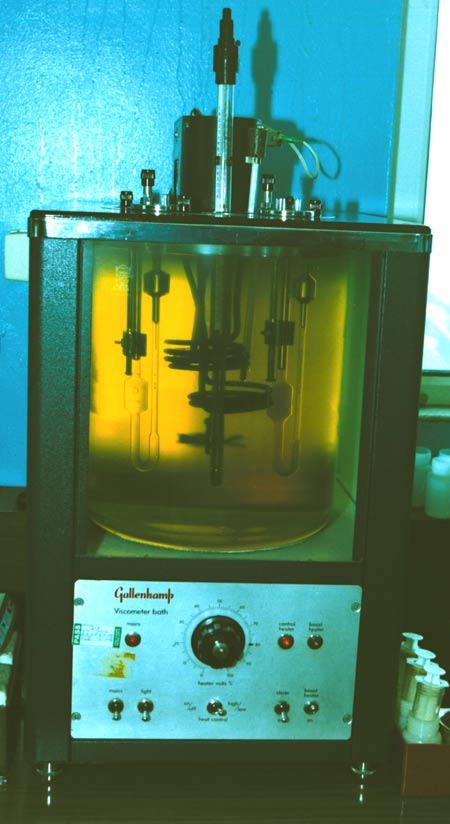The endurance oil
 Within the confines of an internal combustion engine, engine crankcase oil is expected to lubricate, cool, seal, maintain a high degree of cleanliness and protect against all forms of engine wear and corrosion. Not only must it do all this, it often also has to keep on doing so for long periods of time. In a sprint race of maybe a couple of hours' duration this may not be too much of a problem, but for the endurance racer, conducting what is becoming more and more of a series of sprint races between pit-stops, the issue takes on an extra dimension.
Within the confines of an internal combustion engine, engine crankcase oil is expected to lubricate, cool, seal, maintain a high degree of cleanliness and protect against all forms of engine wear and corrosion. Not only must it do all this, it often also has to keep on doing so for long periods of time. In a sprint race of maybe a couple of hours' duration this may not be too much of a problem, but for the endurance racer, conducting what is becoming more and more of a series of sprint races between pit-stops, the issue takes on an extra dimension.
Despite all this, however, in essence any lubricated system is principally a trade-off between overall friction or power loss and that of protection against wear. An oil that gives good protection may consume large amounts of power, while that intended to provide only the minimal amount (of protection) is highly likely to induce a much higher degree of wear. Thus while we may be looking at low-viscosity oils for sprint racing, for endurance racing the grades used will almost inevitably be much more viscous; for short races we may be looking at SAE 20 grades or thinner while for much longer, perhaps 24-hour endurance racing then SAE 40, 50 or even 60 grades may be the norm.
But selecting the correct viscosity for the start of the race is one thing, ensuring that it is still suitable at the end is quite another. I'll explain.
Consisting of a blend of differing types of base stocks, viscosity modifiers and additives, the viscosity of any oil will change with temperature, the duration at this temperature as well as other mechanical factors such as the amount of shearing action it has experienced and the rate of shear. Some of these are permanent while others are only temporary. In a bearing, for instance, oil 'sees' a very high rate of shear when the viscosity modifying co-polymers, which are present to control the high-temperature kinematic viscosity, lose their effectiveness. Once this shearing action is removed then the oil may be restored to its static, non-shearing value.
More permanent losses to viscosity can also occur as a result of this shearing action, while conversely the action of high temperature and oxidation or nitration may increase it. I'm sure we've all seen that big black 'gloopy' mess if used oils have been left in old cars for many years. The amount to which this 'ageing' happens depends on the quality of the initial base stock, but the natural impact on any crankcase oil will be to increase in viscosity, the higher the temperature, the longer the time.
The greatest impact on the viscosity of any oil, however, is likely to be the level of fuel dilution contained within it. In a normal family passenger car the sump may contain around 1-2% fuel dilution as a result of cold-start and other fuel enrichment processes associated with full-throttle running. In a racecar - particularly one at, say, Le Mans where the throttle may be held wide open for 70-80% of the lap - the fuel dilution factor will be much greater.

Depending on the wide-open throttle fuel enrichment strategy prevailing, reports of 10% or more are therefore highly likely. And even if much of the fuel will boil off at sump oil temperatures, the remaining residue will still cause the oil to fall in viscosity quite markedly, to the point where say a 60 grade becomes a 50, or a 40 grade ceases to lubricate much at all! The combination of shear, whether permanent or not, degradation and fuel dilution can therefore give a viscosity very different from the oil you originally put in.
After 24 hours of high revs and extreme temperatures it might be reasonable to expect that the crankcase oil may be - shall we say - a little past its best. However, with a typical LM P1 engine consuming something like 8 litres or more during the race, the oil in the sump will have been totally replaced by the end with regular topping up.
Looked upon as bad by some, topping up with oil - a mere inconvenience with your roadcar - is much more beneficial than you might have thought with an endurance racer.
Fig. 1 - Typical U-tube oil viscometer for measuring kinematic viscosity
Written by John Coxon